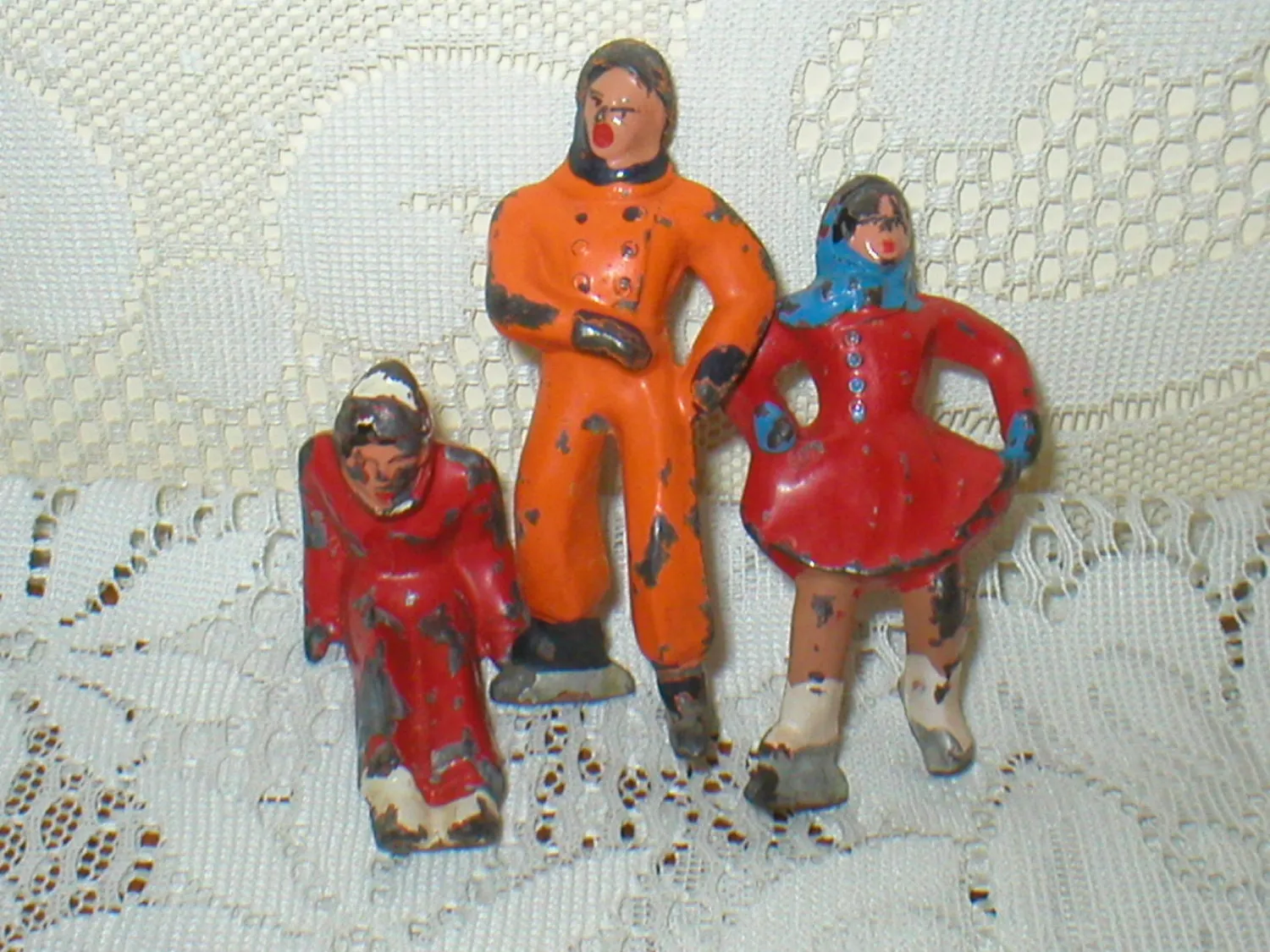What are Diecast Toys
Diecast toys are miniature models of vehicles, figures, and other objects, typically made using a die-casting process. This involves injecting molten metal (usually zinc alloy) into molds to create detailed and durable replicas. These toys have captured the hearts of collectors and enthusiasts of all ages for their intricate designs, historical significance, and collectibility. From classic cars and trucks to airplanes and military vehicles, diecast toys offer a diverse range of subjects, appealing to various interests and collecting preferences. The level of detail and craftsmanship in diecast models can vary significantly, from simple, mass-produced toys to highly detailed, limited-edition collectibles. The enduring popularity of diecast toys lies in their ability to transport collectors back in time, celebrate iconic vehicles, and provide a tangible connection to the world of automobiles, aviation, and beyond. They are a great way to start a collection that can be fun, educational, and sometimes, a good investment.
History of Diecast Toys
The history of diecast toys dates back to the early 20th century, with the first models appearing in the 1900s. Early diecast toys were often simple and crudely made, but the technology improved over time. The use of die-casting, a process that allowed for the mass production of detailed metal parts, revolutionized the industry. Manufacturers like Dinky Toys in the UK and Tootsietoys in the US were pioneers in producing affordable and highly detailed diecast models. The post-World War II era saw a boom in the diecast toy market, with the rise of iconic brands and the introduction of new models reflecting the latest cars, trucks, and other vehicles. Diecast toys have evolved, using enhanced detailing, materials, and paint finishes, making them more realistic. Today, the evolution of diecast toys continues, with many brands embracing licensed models, limited editions, and exclusive collaborations, keeping the hobby relevant and exciting for collectors around the world.
Materials Used
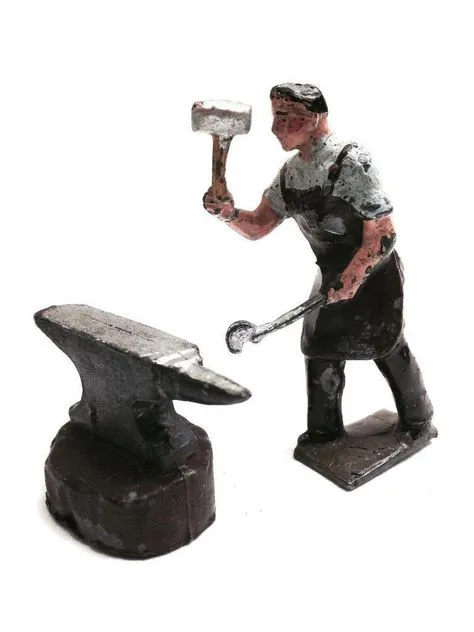
Diecast toys are primarily made from a zinc alloy, often referred to as Zamak. This material is ideal for die-casting due to its low melting point, high fluidity, and ability to reproduce intricate details. The die-casting process involves injecting molten Zamak into molds under high pressure, creating precise and durable parts. Other materials also play a role. Plastic components are used for interior details, tires, and other features, and the inclusion of plastic allows for a balance of cost-effectiveness and design flexibility. Paint and coatings are applied to the metal to enhance the visual appeal and protect the models from wear and tear. High-quality paints and detailed printing techniques allow for accurate representation of colors, markings, and branding. Some high-end diecast models may incorporate additional materials, such as rubber tires, real glass windows, and fabric seat belts, further enhancing realism and collector value.
Why Collect Diecast Toys
Collecting diecast toys offers many benefits. It’s a hobby that appeals to a wide range of interests, providing a sense of enjoyment and accomplishment. For many collectors, diecast toys represent a link to their childhood, evoking fond memories and nostalgia. The detailed craftsmanship and historical accuracy of many models provide opportunities to learn about automotive history, engineering, and design. Building a collection can also become a social activity, as collectors connect with others through online forums, clubs, and conventions, sharing their passion and knowledge. Beyond the personal enjoyment, diecast toys can also provide a potential return on investment. Rare and sought-after models can appreciate in value over time, making them a worthwhile investment. Whether it is the thrill of the hunt, the appreciation of craftsmanship, or the potential for financial gain, collecting diecast toys offers a rewarding experience for enthusiasts of all ages.
Educational Benefits
Collecting diecast toys can be educational, especially for children. Models can introduce children to different types of vehicles, from classic cars to construction equipment, sparking an interest in engineering and design. Diecast toys encourage children to learn about history. Many models are based on real-world vehicles, providing opportunities to learn about the history of cars, aviation, and military vehicles. Kids can improve their fine motor skills and hand-eye coordination, as they handle and play with the models. Collecting can foster organizational skills and attention to detail, as they learn to care for their collection. The models can be used to teach about different cultures and time periods, which can further increase their knowledge and understanding of the world.
Investment Potential
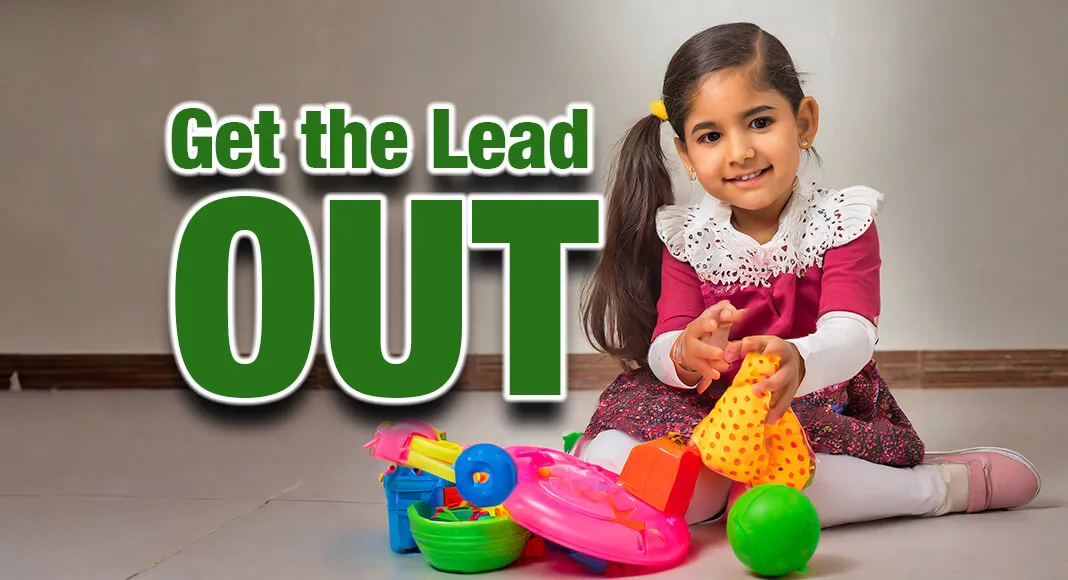
Diecast toys can be a good investment for collectors. The value of some models appreciates over time, due to their rarity, historical significance, and condition. Limited-edition models, models from discontinued brands, and those in mint condition often fetch higher prices. The market is influenced by factors such as demand, supply, and collector trends. The popularity of a particular vehicle or brand can drive up prices. Researching and tracking market trends is important for making informed investment decisions. Some collectors specialize in specific brands, models, or eras, which can increase their chances of finding valuable pieces. It is important to note that investing in diecast toys involves risks, and prices can fluctuate. However, with careful selection and a long-term perspective, diecast toys can be a rewarding investment.
How to Begin Your Collection
Starting a diecast toy collection is simple. Determine the types of models you want to collect. Consider what you are passionate about, like classic cars, trucks, or specific brands. Define your budget to avoid overspending and stick to your budget. Research and learn about the models. The more knowledge you have about the products the better. Join online communities and forums, to get advice from more experienced collectors. Start with a few key pieces and add to your collection gradually. Set up a dedicated space for your collection, as it will make it more organized and safe. Always handle the models carefully, keeping them away from direct sunlight and dust. With a plan and a passion for collecting, you can create a collection that is both enjoyable and rewarding.
Choosing Your Scale
Choosing a scale is one of the first steps in starting your collection. The scale refers to the ratio of the model’s size to the real-life vehicle. Common scales include 1:18, 1:24, 1:43, and 1:64. Each scale offers a different level of detail and size, which affects the display and storage options. 1:18 scale models are larger, more detailed, and often feature opening doors, hoods, and trunks. They are ideal for showcasing intricate features. 1:24 scale models are a good balance of size and detail, making them very popular. 1:43 scale models are smaller and easier to display, which is beneficial for collectors with limited space. 1:64 scale models are small and affordable, which makes them great for beginners and people with many items. When choosing a scale, consider the space, budget, and level of detail you desire. Some collectors choose to focus on a single scale, while others combine scales for variety. The choice of scale should be based on your personal preferences and collecting goals.
Selecting a Niche
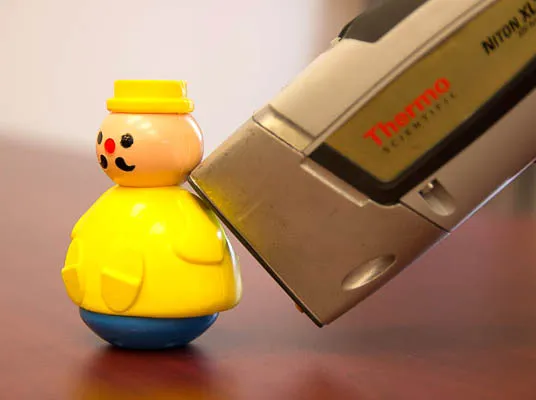
Selecting a niche helps you refine your collecting focus, providing a more manageable and rewarding experience. A niche can be based on various factors, such as vehicle type, brand, era, or even specific features. For example, you could specialize in classic muscle cars, vintage trucks, or models from a particular manufacturer. Focusing on a specific era, such as the 1950s or 1960s, can provide a cohesive theme for your collection. Consider concentrating on models with specific features, such as opening doors, detailed engines, or unique paint jobs. Research and identify what models are of interest. This can help you find rare and valuable items. Networking with other collectors who share similar interests can also provide valuable insights and guidance. A niche provides a focus for your collection, helping you avoid overspending and increase your enjoyment of the hobby.
Where to Buy Diecast Toys
There are numerous places to buy diecast toys, catering to different budgets and preferences. Online retailers offer a vast selection of models, often at competitive prices. Brick-and-mortar stores, such as hobby shops and toy stores, allow you to see and handle the models before you buy them. Attending diecast toy shows and swap meets gives you a chance to find rare models. Auction sites provide opportunities to bid on collectibles. When purchasing, research and compare prices from different sources. Be careful when purchasing online, checking the seller’s reputation and the product’s condition. Always read the descriptions carefully, noting any defects or missing parts. Whether you are a beginner or an experienced collector, choosing the right source will ensure you find the models you desire.
Online Retailers
Online retailers offer a vast selection, often with detailed product descriptions, photos, and customer reviews. Many retailers offer competitive pricing and regular sales and discounts. Comparison shopping is easy, helping you find the best deals. Reputable online retailers have user-friendly websites, secure payment options, and reliable shipping services. Retailers may also offer exclusive models or pre-order options for new releases. Be careful about the seller’s reputation and their return policies. Check for reviews from other customers. Read the product descriptions. Check the condition of the models before purchasing. Online retailers can be a convenient way to find a wide range of diecast toys from the comfort of your home.
Local Hobby Shops
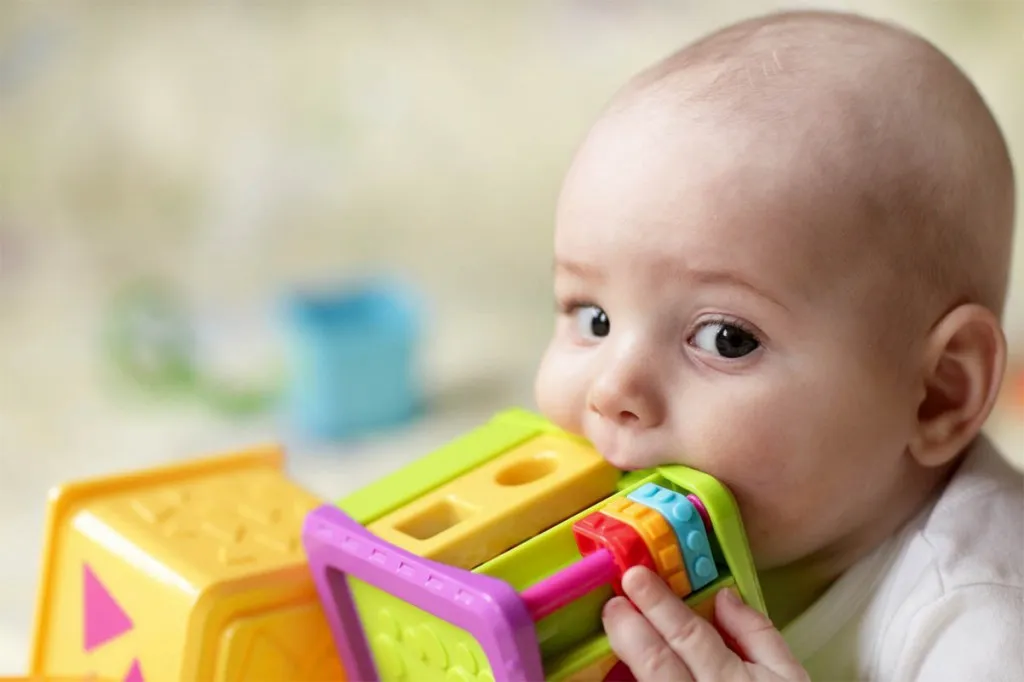
Local hobby shops provide a more personal shopping experience, with a knowledgeable staff that can offer expert advice. They often carry a curated selection of models, including both common and rare items. Local hobby shops are great for browsing and inspecting models. You can see the models in person and assess their condition. They are a good place to find exclusive items. Hobby shops often host local events and workshops. Supporting local businesses can benefit your community. Always call ahead to check the shop’s hours and inventory. Local hobby shops are a great place to browse for diecast toys while getting expert advice.
Collecting Tips for Beginners
When starting a collection, it’s important to set a budget and stick to it. This will prevent overspending and ensure you can acquire items within your means. Do your research. Learn about the models, brands, and values before buying. Start small. Don’t feel the need to buy everything. Start with a few models. Take care of the models by storing them away from direct sunlight and dust. Handle them carefully to avoid damage. Join online communities and forums to connect with other collectors. Share information, get advice, and learn from their experiences. Be patient. Building a collection takes time. Enjoy the process. The key is to build a collection you will enjoy, and it shouldn’t be rushed.
Storage and Display
Proper storage and display are crucial for protecting your investment and showcasing your collection. Store your models in a clean, dry, and dust-free environment, away from direct sunlight and extreme temperatures, as these can damage the paint and materials. Display cases, shelves, and display boxes can protect models and make it easier to appreciate them. Consider using protective cases or sleeves to keep your models in mint condition. Rotate the models you display. This can prevent damage from the sun. Regularly clean the models with a soft cloth and a mild cleaning solution. By implementing these practices, you can keep your collection in great shape.
Maintenance and Cleaning
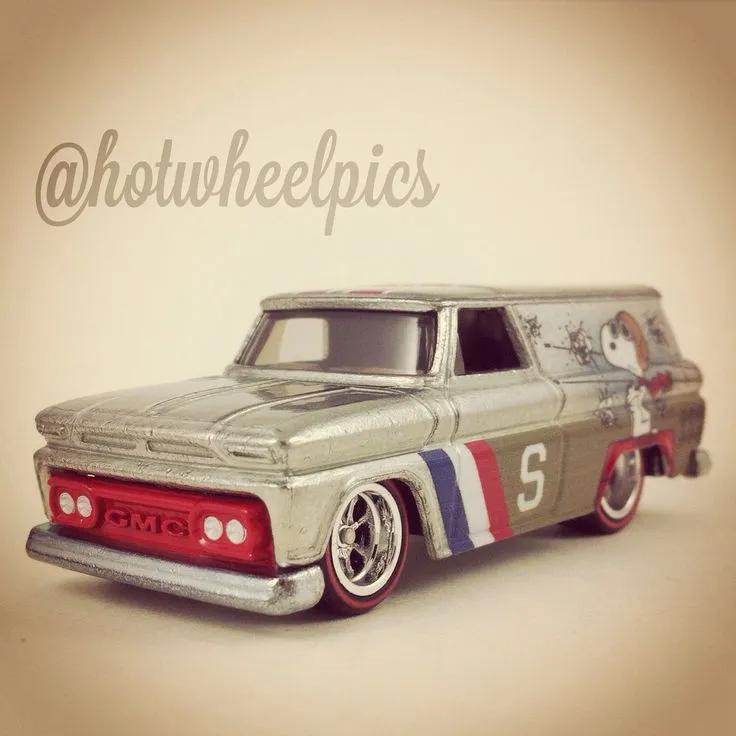
Regular maintenance and cleaning are essential for preserving the appearance and value of your diecast models. Dust your models regularly with a soft, dry cloth or a brush. Avoid using harsh chemicals or abrasive cleaners, as these can damage the paint and decals. For stubborn dirt or grime, use a mild soap solution and a soft cloth. Gently wipe the models, avoiding excessive pressure. Always dry the models thoroughly after cleaning to prevent water spots. Check the models regularly for any signs of damage, such as scratches or paint chips. Take care of any issues promptly to prevent them from worsening. With proper care and maintenance, your diecast toys can maintain their value and appearance.
Top Diecast Brands to Consider
Several top diecast brands have earned a reputation for producing high-quality models. Some well-regarded brands are known for their exceptional detail, accuracy, and collectibility. Maisto is known for its affordable, entry-level models, which are great for beginners. Hot Wheels is a popular brand, with a wide variety of models, especially for kids. Matchbox is known for its diecast cars and trucks, which are also kid-friendly. AUTOart is a premium brand, known for its high-detail models. Kyosho produces high-quality and detailed models. Research these brands. Consider the quality, detail, and value of each brand. You can select the ones that appeal to you and make your collection more diverse and interesting.
